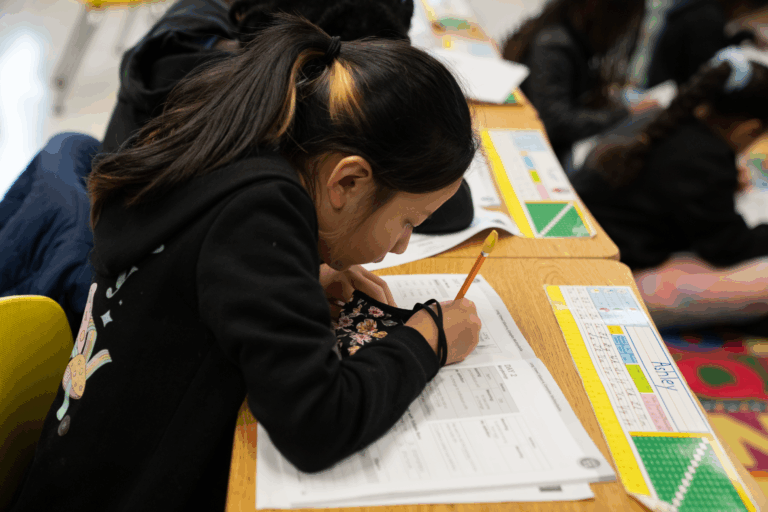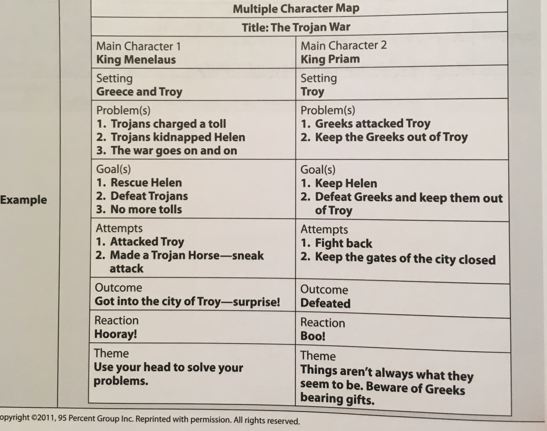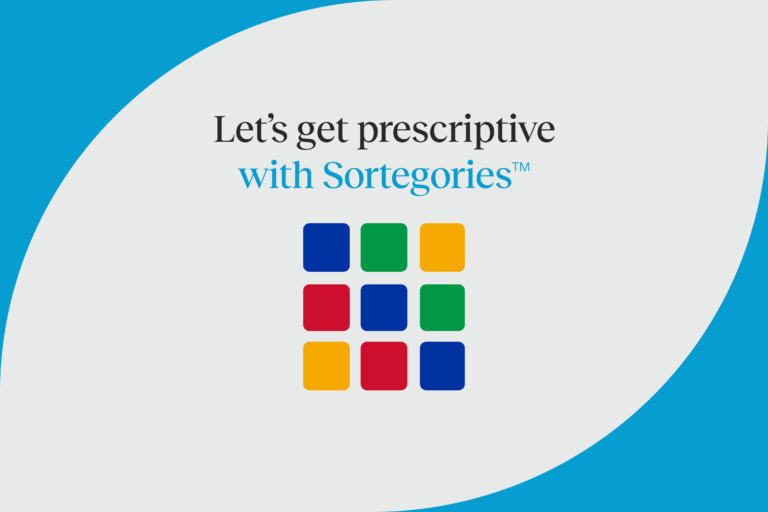Alternatives to grade six worksheets

How can you engage your middle school students in comprehensive activities? This post offers three activities to avoid worksheet overload and engage your students throughout the year.
6th grade reading comprehension worksheets can be a useful tool—but many students today are unfortunately suffering from worksheet overload. If your middle school students are lost or behind and disengaged, worksheets do them a disservice. Teachers often resort to the worksheet for a variety of reasons. The merits of the worksheet depend on the goal of a specific lesson. 6th grade worksheets are useful when:
- You have a sub. In this case, you’ll need worksheets in-depth enough to be worthwhile, and short enough to be completed while you are out of the classroom.
- There is a purpose: close reading, getting more information, or practicing specific skills, such as word building.
When it comes to worksheet effectiveness, teachers need to have a purpose for using this resource. Are you providing worksheets to help students to learn new skills or to demonstrate mastery? Are the students ready to take on this task with minimal or zero assistance? Teachers should always ask themselves: Can my students learn this information in another way such as working in pairs? Let’s explore interesting and engaging alternatives to worksheets to help students learn.
6th grade comprehension worksheet alternatives: 3 activities to try instead
If you’re looking for comprehension activities that can take the place of worksheets, then check out these three options:
1 – How do you know?
- Skill: Practice providing support for inferences about characters
- Description: Choose one trait that describes a character from a text and record all the events from the text that lead to that conclusion
- Materials: A list of character traits and chart paper
Procedure:
- Explain to students: This activity will help you clarify and provide proof for conclusions you make about different characters in stories we’ve read.
- Hold up a blank sheet of chart paper
- Brainstorm words used to describe a character (e.g., lazy, industrious, compassionate).
- Choose one trait that describes a character in a text that students have read. Write that trait on the top of the chart (e.g., industrious).
- Point out to students that there are many words in English that we use to describe characters. It’s easy to say Karana (Island of the Blue Dolphins) is industrious, but what made us come to that conclusion?
- What did we read that made us know that Karana is industrious?
- Guide students to think back to different points in the story where they remembered Karana being industrious.
- At each point, ask: What exactly did she do to make you know she’s industrious?
- Record events that allowed the students to describe Karana as industrious.
- Display the chart you created in the large group.
- Allow pairs of students to choose a different character/character trait to analyze.
Variation:
Follow the procedure above, but list multiple character traits and record story events to support the inference.
2 – Character counts
- Skill: Reinforce character analysis
- Description: Recall a character who displays a certain character trait—using textual evidence to support the claim—and record all the findings on chart paper.
- Materials: Chart paper
Procedure:
- Explain to students: This is an activity that we’ll come back to all through the school year as we study different characters in the texts we read. This year, we will study character traits—those you would like to have and those you wouldn’t like to have.
- Begin with three or four traits (e.g., intelligence, loyalty, jealousy, kindness).
- Begin this year-long activity with words that describe characters in the first anthology selection of the year. You will add characters to this chart for the rest of the year.
- Write one character trait on each sheet of chart paper. Write a student-friendly definition for each trait.
- Share the charts with the students.
- Begin with one chart: for example, loyalty. Ask students to recall a character from the story who is loyal.
- Ask students to give evidence from the story that proves that the character is loyal.
- Come to consensus on the best example of the character’s loyalty and record the story title, character name, and evidence on the chart.
- Add a character to each of the charts.
- Add more traits as you go through the school year.
- As a writing prompt, students may choose one of the traits and write about a time they displayed that trait.
Variation
- Make small posters of each character trait and its definition. Stick index cards with character name, story, and evidence around the poster.
- Add character cards throughout the year.
- Add more character traits throughout the year.

3 – Multiple Character Map
- Skill: Reinforce student understanding of character view point
- Description: Update the multiple character map throughout a story to reinforce the importance of conflict between 2 characters.
- Materials: Multiple character map
Procedure:
- Explain to students: This multiple character map will help you explore contrasting character view points.
- Remind students that the conflict between characters is an important part of most stories. Both characters have goals, but those goals conflict.
- Display the multiple character map and explain it to students.
- During reading, stop frequently to update the map.
- After reading, complete the map as a whole-group activity.
- Once students are familiar with the multiple character map, they can use it independently during reading to help monitor comprehension.
95 Comprehension, Grades 3–6, is an instructional tool that provides direct, explicit, and systematic instruction on 7 comprehension processes for intervention groups for grades 3–6.
The lessons include passages, graphic organizers, and manipulatives. Each comprehension process is first taught separately and then spiraled together so that students learn how to use several processes while reading. Download a copy of our complimentary comprehension lesson plan and try it with your students. You’ll find that explicit comprehension instruction is especially useful for students who are accurate and fluent but still not comprehending.



